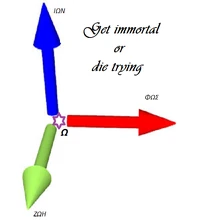Σχετικιστική Πεδιακή Θεωρία
Relativistic Field Theory, Σχετικιστική Θεωρία Πεδίου
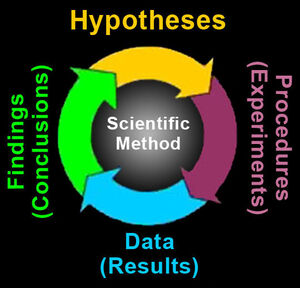
Φυσικές Θεωρίες Χημικές ΘεωρίεςΓεωλογικές Θεωρίες Βιολογικές Θεωρίες Οικονομικές Θεωρίες
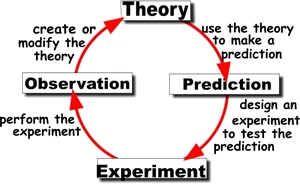
Φυσική Θεωρία Χημική Θεωρία Γεωλογική Θεωρία Βιολογική Θεωρία Οικονομική Θεωρία
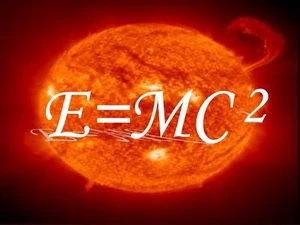
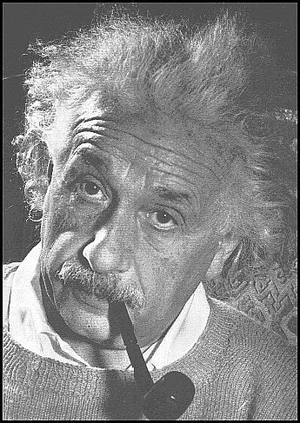

Φυσικές Θεωρίες Χημικές ΘεωρίεςΓεωλογικές Θεωρίες Βιολογικές Θεωρίες Οικονομικές Θεωρίες Φιλοσοφικές Θεωρίες

Φυσική Θεωρία Χημική Θεωρία Γεωλογική Θεωρία Βιολογική Θεωρία Οικονομική Θεωρία
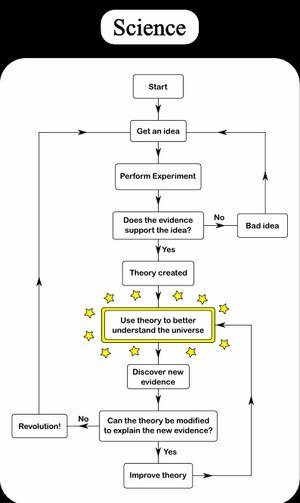
Στάδια ανάπτυξης μίας Επιστημονικής Θεωρίας
- Μία Φυσική Θεωρία
Ετυμολογία[]
Η ονομασία "Πεδιακή" σχετίζεται ετυμολογικά με την λέξη "Πεδίο".
Περιγραφή[]
Modern formulations of classical field theories generally require Lorentz covariance as this is now recognised as a fundamental aspect of nature. A field theory tends to be expressed mathematically by using Lagrangians. This is a function that, when subjected to an action principle, gives rise to the field equations and a conservation law for the theory.
We use units where c=1 throughout.
Lagrangian dynamics[]
Given a field tensor , a scalar called the Lagrangian density can be constructed from and its derivatives.
From this density, the functional action can be constructed by integrating over spacetime
Then by enforcing the action principle, the Euler-Lagrange equations are obtained
Relativistic fields[]
Two of the most well-known Lorentz covariant classical field theories are now described.
Electromagnetism[]
Πρότυπο:Main Historically, the first (classical) field theories were those describing the electric and magnetic fields (separately). After numerous experiments, it was found that these two fields were related, or, in fact, two aspects of the same field: the electromagnetic field. Maxwell's theory of electromagnetism describes the interaction of charged matter with the electromagnetic field. The first formulation of this field theory used vector fields to describe the electric and magnetic fields. With the advent of special relativity, a better (and more consistent with mechanics) formulation using tensor fields was found. Instead of using two vector fields describing the electric and magnetic fields, a tensor field representing these two fields together is used.
We have the electromagnetic potential, , and the electromagnetic four-current . The electromagnetic field at any point in spacetime is described by the antisymmetric (0,2)-rank electromagnetic field tensor
The Lagrangian[]
To obtain the dynamics for this field, we try and construct a scalar from the field. In the vacuum, we have We can use gauge field theory to get the interaction term, and this gives us
The Equations[]
This, coupled with the Euler-Lagrange equations, gives us the desired result, since the E-L equations say that
It is easy to see that . The left hand side is trickier. Being careful with factors of , however, the calculation gives . Together, then, the equations of motion are:
This gives us a vector equation, which are Maxwell's equations in vacuum. The other two are obtained from the fact that F is the 4-curl of A:
where the comma indicates a partial derivative.
Gravitation[]
Πρότυπο:Main After Newtonian gravitation was found to be inconsistent with special relativity, Albert Einstein formulated a new theory of gravitation called general relativity. This treats gravitation as a geometric phenomenon ('curved spacetime') caused by masses and represents the gravitational field mathematically by a tensor field called the metric tensor. The Einstein field equations describe how this curvature is produced. The field equations may be derived by using the Einstein-Hilbert action. Varying the Lagrangian
- ,
where is the Ricci scalar written in terms of the Ricci tensor and the metric tensor , will yield the vacuum field equations:
- ,
where is the Einstein tensor.
Υποσημειώσεις[]
Εσωτερική Αρθρογραφία[]
- Covariant classical field theory
- Electromagnetism
- Field (physics)
- General relativity
- Quantum field theory
- Variational methods in general relativity
Βιβλιογραφία[]
Ιστογραφία[]
|
Αν και θα βρείτε εξακριβωμένες πληροφορίες "Οι πληροφορίες αυτές μπορεί πρόσφατα Πρέπει να λάβετε υπ' όψη ότι Επίσης, |
- Μην κάνετε χρήση του περιεχομένου της παρούσας εγκυκλοπαίδειας
αν διαφωνείτε με όσα αναγράφονται σε αυτήν
- Όχι, στις διαφημίσεις που περιέχουν απαράδεκτο περιεχόμενο (άσεμνες εικόνες, ροζ αγγελίες κλπ.)


![{\displaystyle {\mathcal {S}}[\phi ]=\int {{\mathcal {L}}[\phi (x)]\,\mathrm {d} ^{4}x}.}](https://services.fandom.com/mathoid-facade/v1/media/math/render/svg/478556b5b625ae7d97a19d4955785436c91cf4e5)











![{\displaystyle 6F_{[ab,c]}\,=F_{ab,c}+F_{ca,b}+F_{bc,a}=0.}](https://services.fandom.com/mathoid-facade/v1/media/math/render/svg/fb91119b51746bc8e376cddcb99cb5a1b54004d9)






